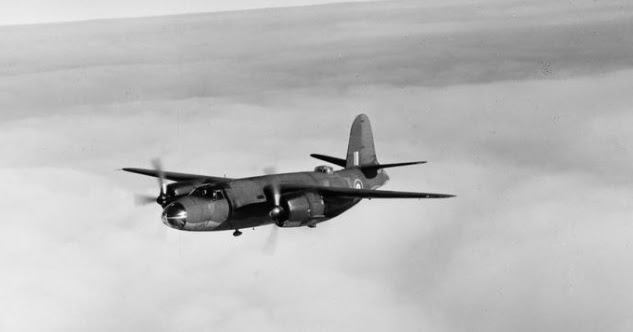- Thread starter
- #281
Wild_Bill_Kelso
Senior Master Sergeant
- 3,231
- Mar 18, 2022
So which of you books supports the claim the air force saved the ground forces in Battleaxe from total annihilation?
That was in the video of the interview with the Canadian historian provided by "33k in the air" in post 143, and apparently "The Mediterranean Air War" by Robert Ehlers, which the historian in the video refers to as a good source. MikeMeech also posted excerpts from this book in post 80 and (IIRC) some other posts. These excerpts incidentally are in sync with several of the points I made early in this thread, such as about the importance of the P-40Fs and Spitfires, the extra strain to Axis logistics caused by Allied air attacks (especially by the newer Allied medium and heavy bombers), and the heavy impact of Allied air support on the outcome of battle, as noted by Erwin Rommel himself.
I later watched the video interview and summarized the points made by the historian Mike Bechtold in post 195, including the point he made about the original air commander in the Western Desert, Raymond Collishaw, a 60 victory WW 1 ace. I didn't realize Collishaw was even Canadian until you pointed it out as a way of casting aspersions. I did not agree with everything he said but I learned a bit especially about the earlier period in 1941.
Several points made by this historian Bechtold (and presumably, by the author Ehlers who he refers to a lot in the interview) seemed to really rub you the wrong way, including specifically this notion that the air force save the ground forces from annihilation in the aftermath of Battleaxe (by dropping the 'air umbrella' strategy and concentrating on strafing and bombing Axis tanks). This was again, not my invention, maybe you can take it up with Bechtold.
As for the idea of the Air Umbrella vs. more traditional CAS, and the debate over whether ground force commanders should control the air force missions or the air force commanders, offensive vs. defensive roles, these are broader issues and I have read many other sources on this during 1942 and 1943. The consensus seems to be that keeping an 'air umbrella' over the ground forces was wasteful of resources and ineffective.
Last edited:

